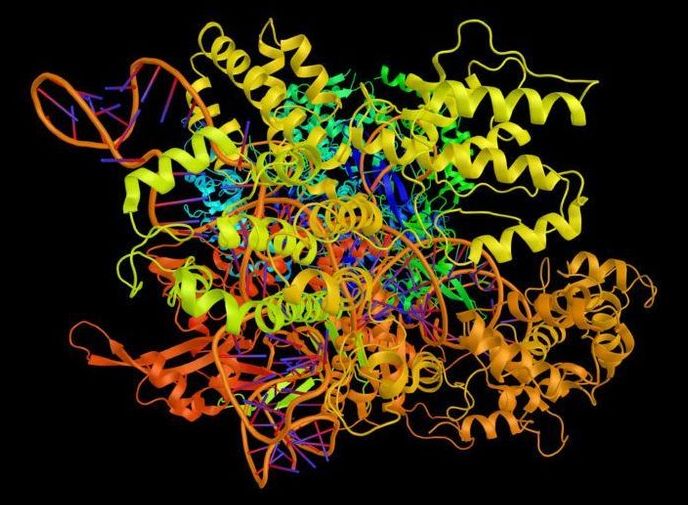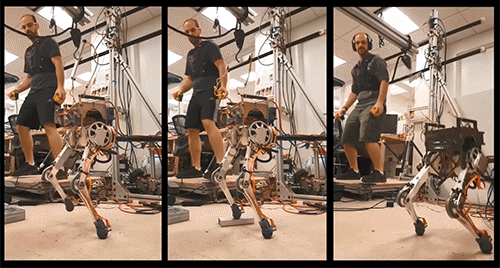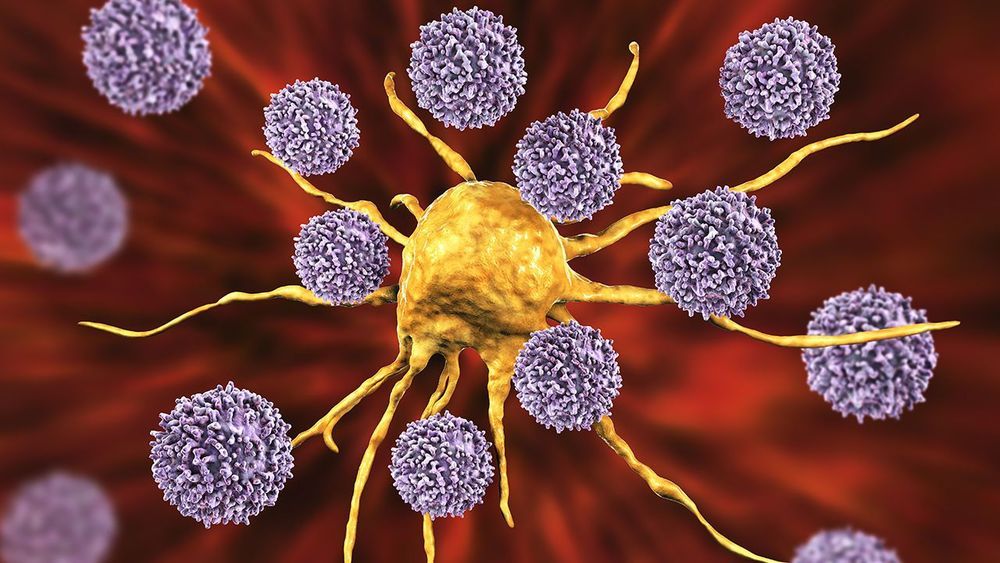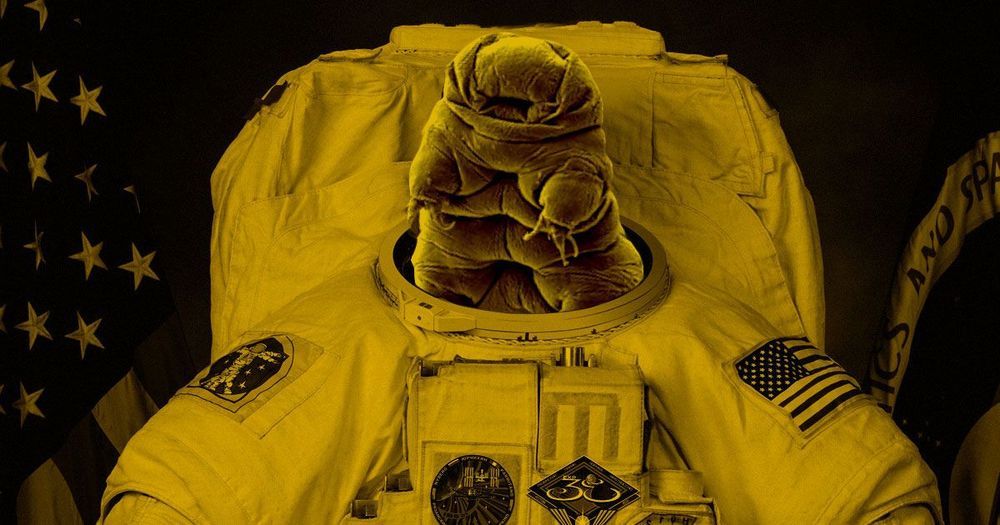Nov 7, 2019
Dr. David Sinclair on Informational Theory of Aging, Nicotinamide Mononucleotide, Resveratrol & More
Posted by Paul Battista in categories: biotech/medical, genetics, life extension
David A. Sinclair, PhD, is a professor in the Department of Genetics at Harvard Medical School and co-director of the Paul F. Glenn Center for the Biological Mechanisms of Aging.
Dr. Sinclair’s work focuses on understanding the mechanisms that drive human aging and identifying ways to slow or reverse aging’s effects. In particular, he has examined the role of sirtuins in disease and aging, with special emphasis on how sirtuin activity is modulated by compounds produced by the body as well as those consumed in the diet, such as resveratrol. His work has implications for human metabolism, mitochondrial and neurological health, and cancer.
▶︎ Get the episode’s show notes, timeline, and transcript.
https://www.foundmyfitness.com/episodes/david-sinclair


 Natasha is an author, humanitarian, and innovator whose work focuses on longevity and regenerative generations. As a motivational speaker, she focuses on causes and solutions while fostering meaningful acknowledgement of the works of other people who have aspired to identify human potential. She is called “An early adopter of revolutionary changes” (Wired, 2000) and “Advocates the ethical use of technology to expand human capacities” (Politico, 2017).
Natasha is an author, humanitarian, and innovator whose work focuses on longevity and regenerative generations. As a motivational speaker, she focuses on causes and solutions while fostering meaningful acknowledgement of the works of other people who have aspired to identify human potential. She is called “An early adopter of revolutionary changes” (Wired, 2000) and “Advocates the ethical use of technology to expand human capacities” (Politico, 2017).















